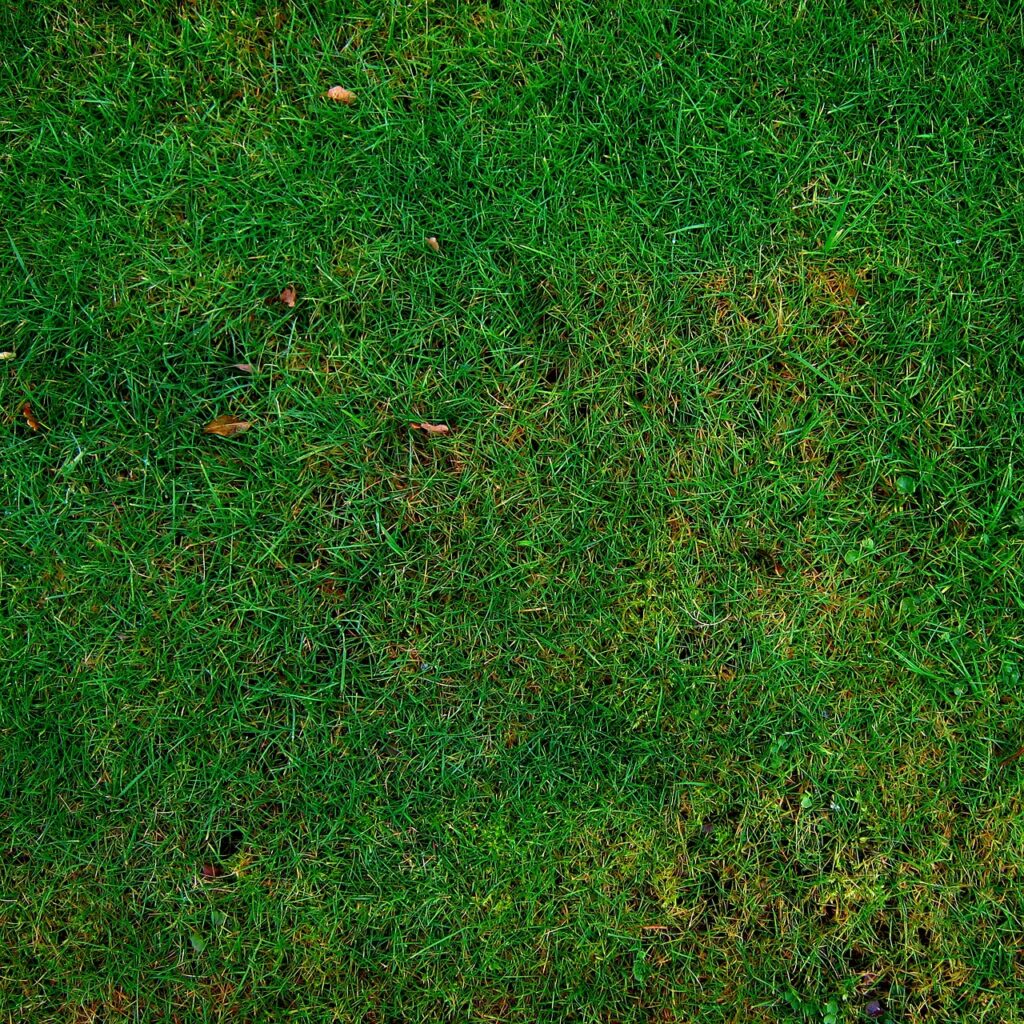Maintaining a lush, vibrant lawn is a pride for many homeowners, but it can quickly become a battleground when pests decide to take up residence. Whether it’s grubs munching on grass roots or ants building mounds, lawn pests can undermine your hard work. Effective lawn pest management isn’t just about reacting to these problems; it’s about implementing proactive strategies that maintain the health of your lawn and minimize environmental impact.
Understanding Lawn Pest Management
Lawn pest management is crucial for keeping your yard healthy and beautiful. It involves more than just dealing with visible pests; it requires an understanding of the ecosystem in your yard and how different treatments can affect it. Common lawn pests include grubs, which feed on grass roots, chinch bugs that suck the life out of your turf, and various types of worms and beetles that can cause different kinds of damage to grass and soil.
Managing these pests effectively means recognizing the signs of their presence early.
Yellow patches, thinning grass, and bare spots can all indicate a pest problem. However, not all issues with a lawn are pest-related, so it’s important to correctly diagnose the problem to apply the right solution. This may involve a bit of detective work or consulting with a professional to ensure that the treatment plan addresses the actual cause of your lawn’s distress.
Lawn Care and Pest Control Integration
Integrating pest control into your regular lawn care routine is one of the best ways to prevent infestations. This integration starts with the basics of lawn care: proper mowing, watering, and fertilizing. Each of these elements plays a role in either deterring or attracting pests. For example, mowing your lawn to the right height can help prevent weeds and pests. Grass that’s too short can stress the turf and make it more vulnerable to pests, while grass that’s too long can harbor insects and rodents.
Watering your lawn correctly is also crucial. Overwatering can lead to soggy soil, creating an ideal environment for many pests. On the other hand, underwatering can weaken the grass, making it more susceptible to pest invasions. The goal is to keep your lawn healthy with the right amount of water, which typically means deep, infrequent watering that encourages strong root growth.
Fertilizing wisely is another key aspect of integrated pest management. Using the right type and amount of fertilizer, based on soil tests, can promote vigorous lawn growth that naturally resists pests. However, over-fertilizing can lead to rapid, weak growth that pests find irresistible. It’s about finding that balance that supports a robust lawn without tipping it into excess.
Bug Control for Lawn
Effective bug control on your lawn doesn’t necessarily mean reaching for the most potent pesticide you can find. There are many natural and less invasive methods to manage bugs that can help maintain the ecological balance in your yard while still protecting your grass. One approach is to encourage natural predators such as birds, ladybugs, and beneficial nematodes that feed on harmful pests. Creating a garden environment that attracts these helpful creatures can be as simple as planting native shrubs and flowers or installing a bird feeder.
Another strategy is to use organic pesticides that are less harmful to the environment than their chemical counterparts. Products like neem oil, insecticidal soaps, and diatomaceous earth can target specific pests without the broader impact on beneficial insects that keep your lawn healthy. These options break down more quickly in the environment, reducing the risk of long-term damage to your lawn and the surrounding ecosystem.
Maintaining a regular schedule for lawn care—such as aeration and dethatching—can also prevent pests from becoming a problem. Compacted soil and thick layers of thatch create ideal breeding grounds for many types of insects. Aerating your lawn helps improve water and nutrient flow to the roots, while dethatching removes excess organic matter that harbors pests.
Pest Treatment for Yard

When natural remedies and preventive measures aren’t enough, you might need to consider more direct pest treatments for your yard. It’s important to choose treatments that are effective against the specific pests you’re dealing with but also safe for the rest of your lawn’s ecosystem. Spot treatments are often preferable to blanket applications, targeting pest-ridden areas without affecting the rest of your yard.
Timing is crucial when applying any pest treatment. For example, applying a grub control product in early summer can prevent newly hatched grubs from surviving long enough to cause significant damage to your lawn in the fall. Similarly, treating ants or ticks in early spring can reduce their numbers significantly before they have a chance to breed.
Always follow the manufacturer’s instructions when using pest control products. This ensures that you use the right amount and apply the treatment at the optimal time to maximize effectiveness while minimizing harm to the environment. Moreover, keep records of what treatments you apply and when, so you can track their effectiveness and adjust your strategy as needed.
When to Apply Insecticide to Lawn
Knowing when to apply insecticide to your lawn is key to managing pests effectively without overusing chemical treatments. The best time to apply insecticide varies depending on the lifecycle of the pest you’re targeting. For instance, early spring might be the best time to apply pre-emergent insecticides that prevent beetle larvae from developing into grubs that damage your lawn. Conversely, late spring or early summer might be better for addressing adult populations of pests like fleas and ticks, which can pose health risks to pets and humans.
It’s also wise to consider weather conditions before applying any insecticide. Many products work best when applied on a calm, dry day to ensure that they aren’t washed away by rain or blown off target by wind. Checking the weather forecast can help you choose the optimal day for application, increasing the effectiveness of the treatment and reducing the need for reapplication.
Monitoring your lawn regularly for signs of pest activity is an essential part of deciding when to apply insecticides. Regularly inspecting your lawn allows you to spot potential infestations early and treat them before they become widespread. Combining this vigilance with knowledge of pest lifecycles and ideal treatment conditions helps ensure that your lawn stays healthy and vibrant throughout the year.
Choosing the Right Products for Lawn Pest Control
Selecting the right pest control products is crucial for effective management without causing undue harm to your lawn or the environment. Start by identifying the specific pests you need to target; this ensures that you choose a product that is effective for your particular problem without being overly broad-spectrum. Look for products that have been approved by environmental authorities and that boast a good track record of safety and effectiveness.
When choosing products, also consider the formulation. Some are designed for large areas while others are meant for spot treatments. Granular insecticides, for example, are often best for large applications, whereas concentrates that you mix yourself with might be more suitable for precise, localised problems. Always read labels carefully to ensure that the product is suitable for the type of grass and pests you are dealing with, and follow the application instructions to the letter to avoid overuse.
DIY vs. Professional Lawn Pest Management
Deciding whether to manage lawn pests yourself or call in professionals depends on several factors. DIY can be a cost-effective solution for minor pest issues or for homeowners who are experienced in lawn care and pest management. However, for severe infestations, uncommon pests, or when you are unsure of the best treatment methods, hiring professional pest control services may be the better choice.
Professionals can offer more powerful solutions and are trained to handle and apply products safely. They can also provide a more comprehensive approach by assessing your entire yard for potential risks and developing a tailored plan that addresses both current infestations and preventive measures.
Preventative Measures for Lawn Pest Control
Prevention is always better than cure when it comes to lawn pests. Maintain a healthy lawn through regular mowing, proper fertilizations, and adequate watering, as a healthy lawn is less susceptible to pest infestations. Incorporate practices such as crop rotation and planting pest-resistant grass varieties if you’re establishing a new lawn or considering renovating your existing one.
Also, keep an eye on the health of your plants and grass regularly. Early detection of changes in plant health can indicate potential pest issues before they become severe. By staying vigilant and acting quickly at the first sign of trouble, you can often prevent minor issues from turning into larger problems.
Don’t let pests take over your beautiful lawn. Take control today by assessing your lawn care routine and integrating effective pest management strategies. Remember, a little effort in prevention and timely intervention can save you a lot of trouble down the road. Keep your lawn healthy and vibrant by staying one step ahead of lawn pests!





